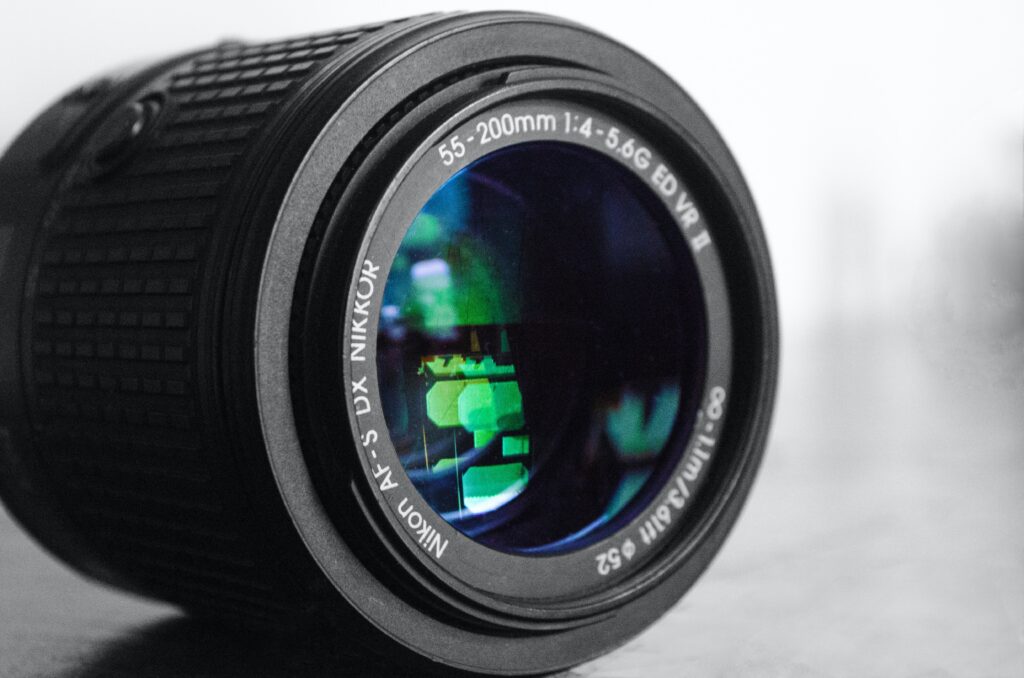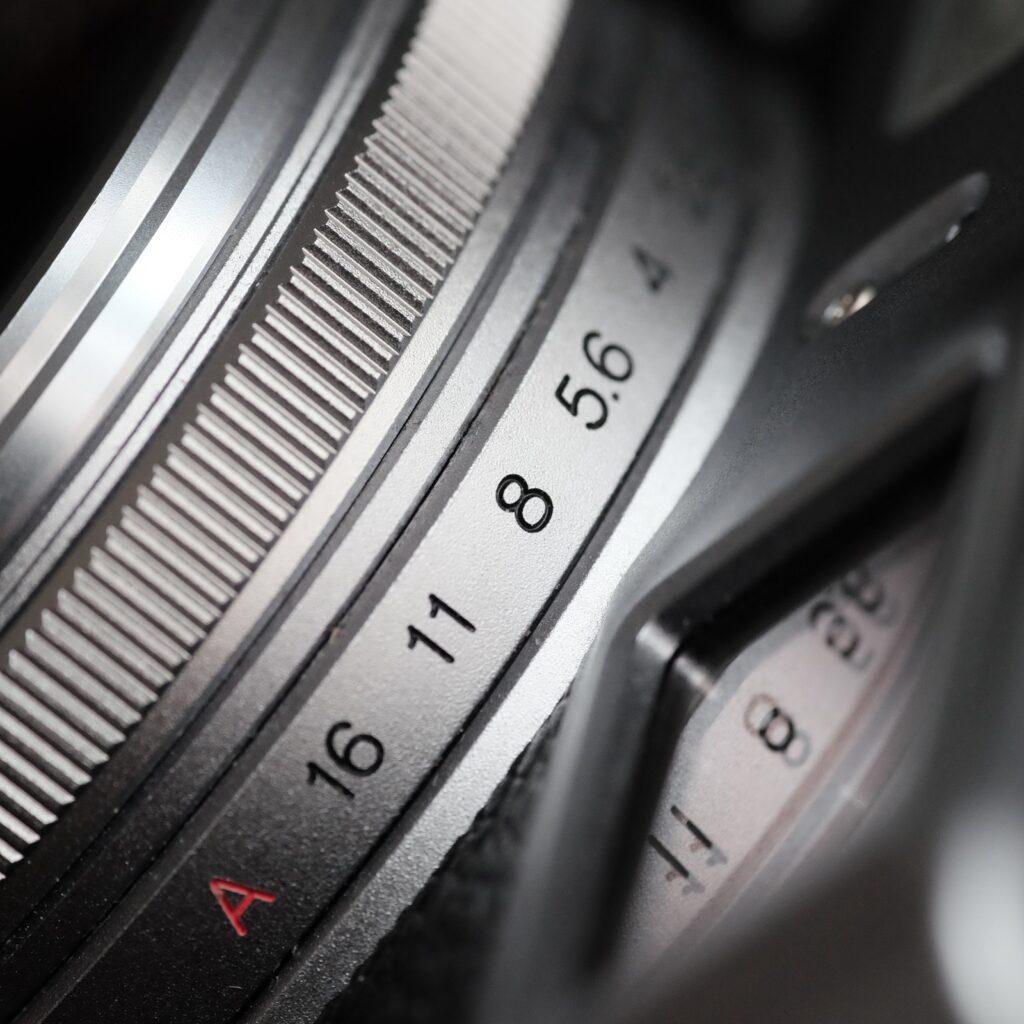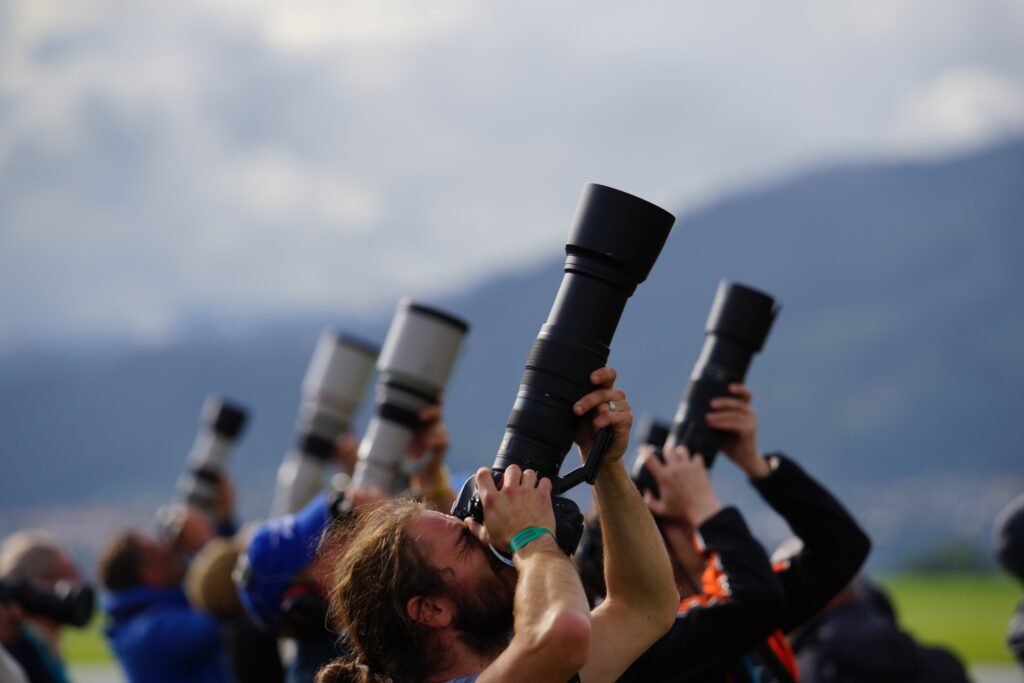Before you set out on becoming the best at aviation photography, you need to try to get hold of the best equipment you can afford.
But that doesn’t just mean buying the most expensive. You need to buy the best for the type of photography you want to do.
Aviation photographers are often depicted with huge zoom lenses pointed from airport perimeters at aircraft on the runway or flying overhead. If this is the kind of photography you want to do, that’s great.
But some aviation photographers like to get up close to aircraft. Maybe this is at museums or on the ground at airports. In this case there’s no point having a zoom lens – you need the best short length lens.
Maybe you’ll want the flexibility of photographing aircraft both closer and farther away.
Step 1

So step 1 is to decide which kind of aviation photography you want to do, and how close to the aircraft you are going to be.
Chances are you will do a variety of photography, from close-up to far away. In which case, you will need a selection of lenses to cater for different needs. But it’s good to think about this and avoid buying something you don’t need.
Step 2
Next you’ll need to consider your budget. Generally the more expensive a camera lens, the better quality its results will be (assuming you know how to use the camera and take pictures that are accurately composed and exposed!).
But not everyone can afford to spend thousands on a lens.
So step 2 is to think of your budget and decide how much you can spend on a lens.
Step 3

Step 3 is to decide the focal length you want.
This determines how far you can zoom in, or how close you can be.
For general aviation photography I’d suggest a focal length of around 300mm, but if you are further away you’ll need 400, 500 or 600mm.
For close-up shots, a standard 28-50mm lens will be perfect.
Step 4
Step 4 is to consider the technical specifications of the camera lens.
As well as its focal length, which dictates how far it can zoom in (or out), each lens will also have other specifications important to aviation photography, including:
Compatibility – which camera bodies will it work with?
Aperture – The amount of light it will let in to the camera. The more light, the quicker it can focus and the better it will cope with darker conditions.
Image Stabilisation – This can help get sharper shots, especially with moving subjects or shaking hands, but can add to the cost.
Build quality – Will the lens allow you to shoot outdoors in poorer weather without letting the rain in? Will it survive the occasional knock? Does it have good quality glass?
Focussing Speed – Shooting fast-moving subjects, like airborne aircraft, means you’ll need to have a lens that can auto-focus quickly.
Step 5

Step 5 is to do some research. Find out which lenses other photographers use, and ask them for their opinions. Just because they use a lens, doesn’t mean they love it!
If you have some camera lens model numbers written down, do some online research to look for reviews by people who use them.
Step 6
Step 6 is to find the best place to buy. There are lots of retailers to visit, as well as online stores.
You can even get good deals from eBay and Amazon – just remember to check out the ratings and reviews of the seller and lens before purchasing.
If you’re spending lots of money make sure there is a warranty in place to cover breakages that are not your fault, and make sure it is covered by insurance if you have it!
You may also consider renting the lens to try it out first! Lens rental services include:
Lenspimp: https://lenspimp.com/
Lenses for Hire: http://www.lensesforhire.co.uk/
Hire a Camera: https://www.hireacamera.com/en-gb/stills/lenses/
What is your camera setup? Which lens do you go to every time, or find most useful overall for your aircraft photography? Let us know in the comments below – your fellow spotters might find this really useful.




